Risks of Hip Replacement Surgery
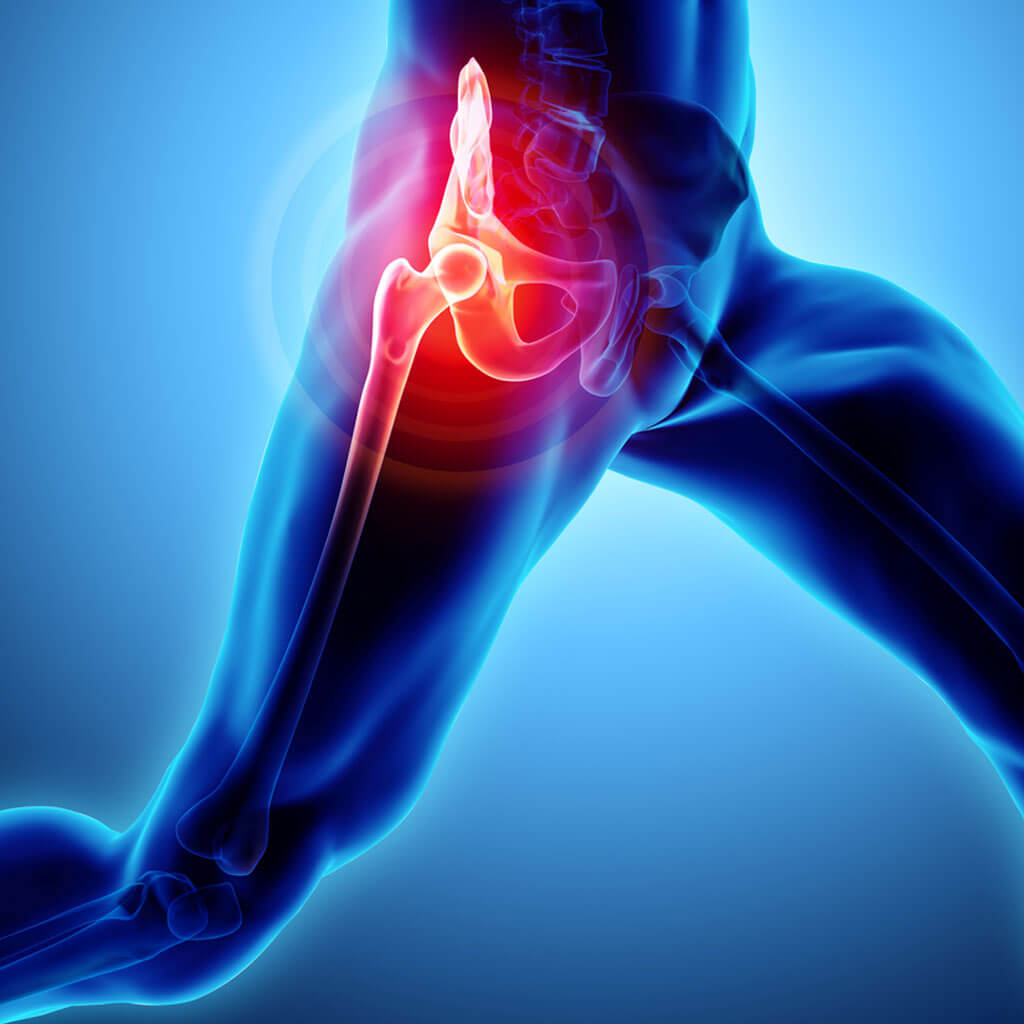
Infection
The risk is 1-2%. May be doubled in diabetic patients and those that are obese. The risk of MRSA is much less than this. Antibiotics are given to prevent infection before and after surgery. Most infection respond to antibiotics.
Though now uncommon, there remains a potential risk for contracting Covid infection. Being immunised as well as maintaining good hygiene minimises the risk of contracting this. The associated risks are cough and high fever, loss of taste and smell, muscle aches, drowsiness and irritability, longstanding symptoms and death.
Blood clots (deep vein thrombosis)
This risk is also 1-2%. This presents with pain, redness or swelling in your calf. It is prevented by keeping you well hydrated, giving you special stockings to wear, using a calf pump during your surgery and providing medication to thin your blood throughout your hospital stay and in first few weeks of recovery. Getting out of bed as soon as possible after surgery also minimises this risk. Rarely the blood clot can dislodge from the leg veins and travel to the lung with serious consequences. (Pulmonary embolism). This is most likely when you are at home and high vigilance is required for sudden shortness of breath, chest pain or coughing up blood.
Dislocation
This should not occur if instructions given by the myself, physiotherapist and nurses are followed. The risk is small, though greatest in the first three months after surgery. Risk is greatest in those with neurological problems or spinal pathology.
Leg length discrepancy
Though every effort is made to keep your legs of equal length, discrepancies can occur. If your leg was very short before surgery, it may not be possible to make both legs of equal length. The difference in length if present, is easily corrected with an insert in the shoe.
Fracture
Prostheses that are held in the bone without cement have to be wedged in place. In doing so there is a risk of bone fracture. This does not cause any long term problems but may require you to use crutches post operatively, for six to twelve weeks.
Nerve and Artery Damage
Important nerves and arteries are in close proximity to the hip joint and hence are at risk of trauma during surgery. The risk to these structures is usually small.
Limp
Though most patients limp after surgery, this usually improves. Weak muscles prior to surgery that are then cut to facilitate the operation is the most common cause. Post operative physiotherapy should improve this but a limp may persist. Other causes are habitual behaviour, local nerve injury, breakdown of muscle repair and spinal pathology.
Loosening
Most prostheses should last 15-18 years. Many last beyond that. Trauma and infection may quicken this process.
Hip Replacement Surgery Information
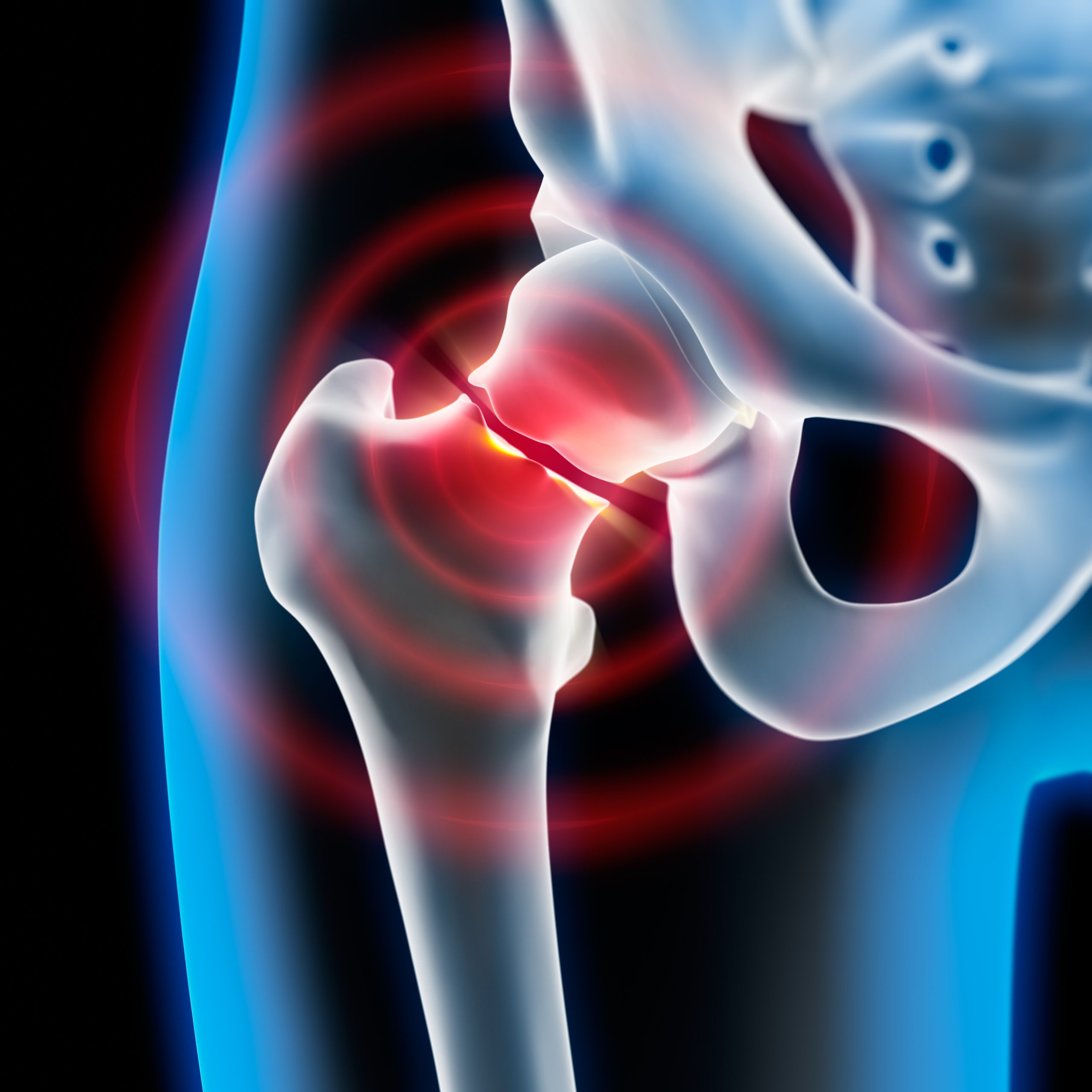
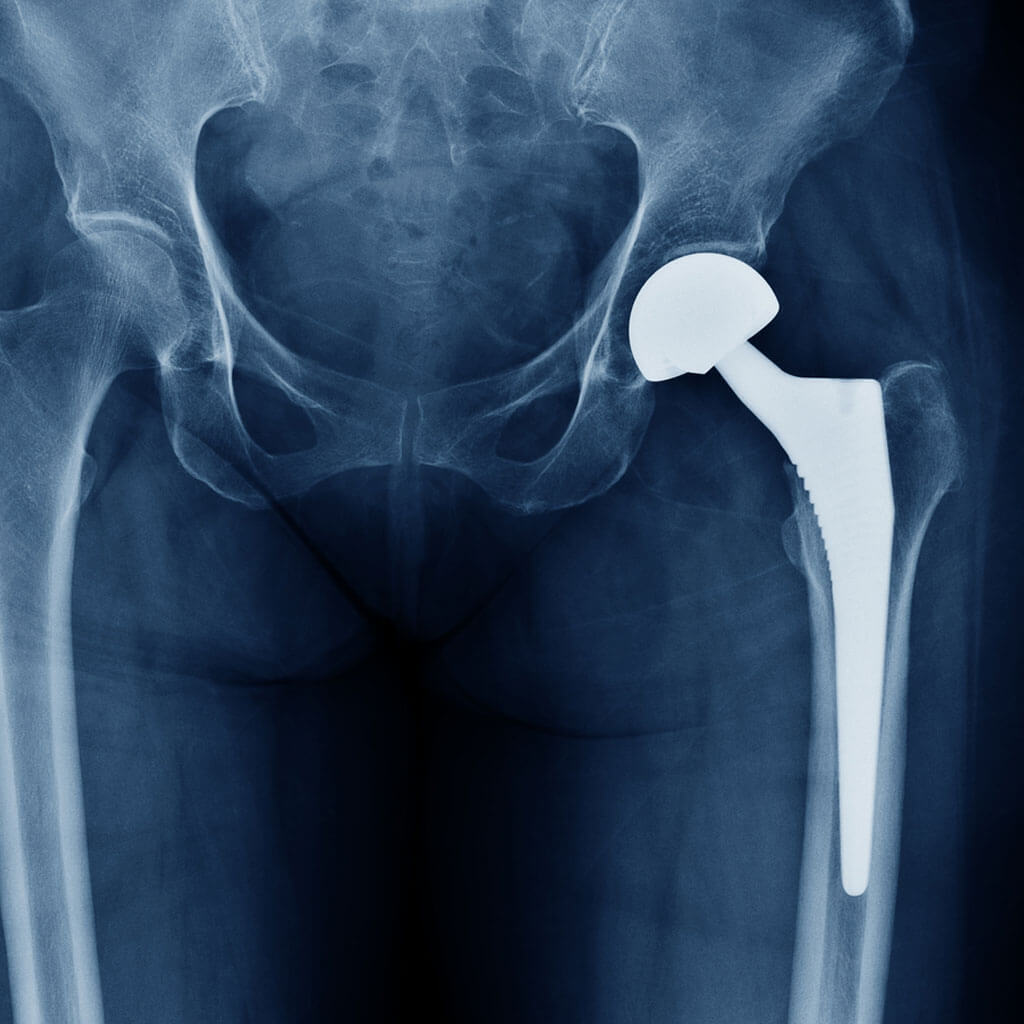

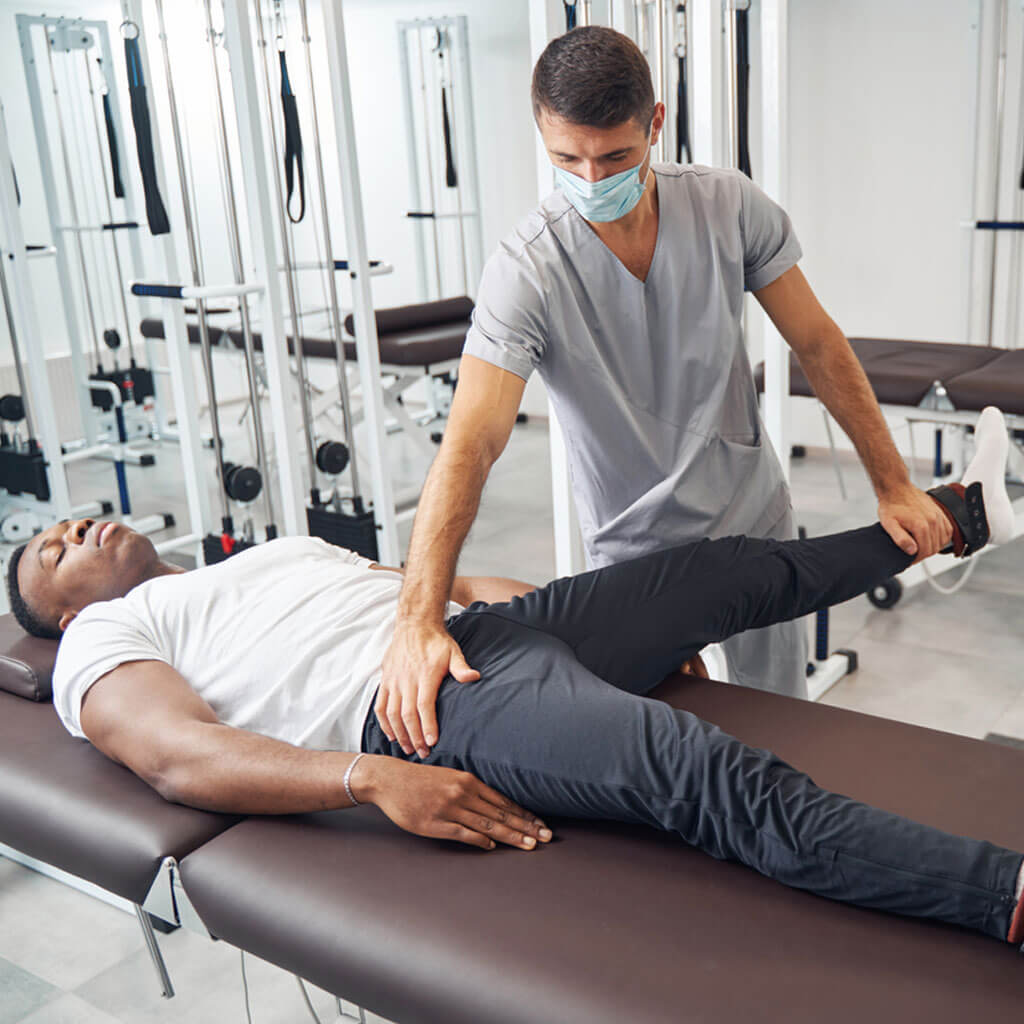
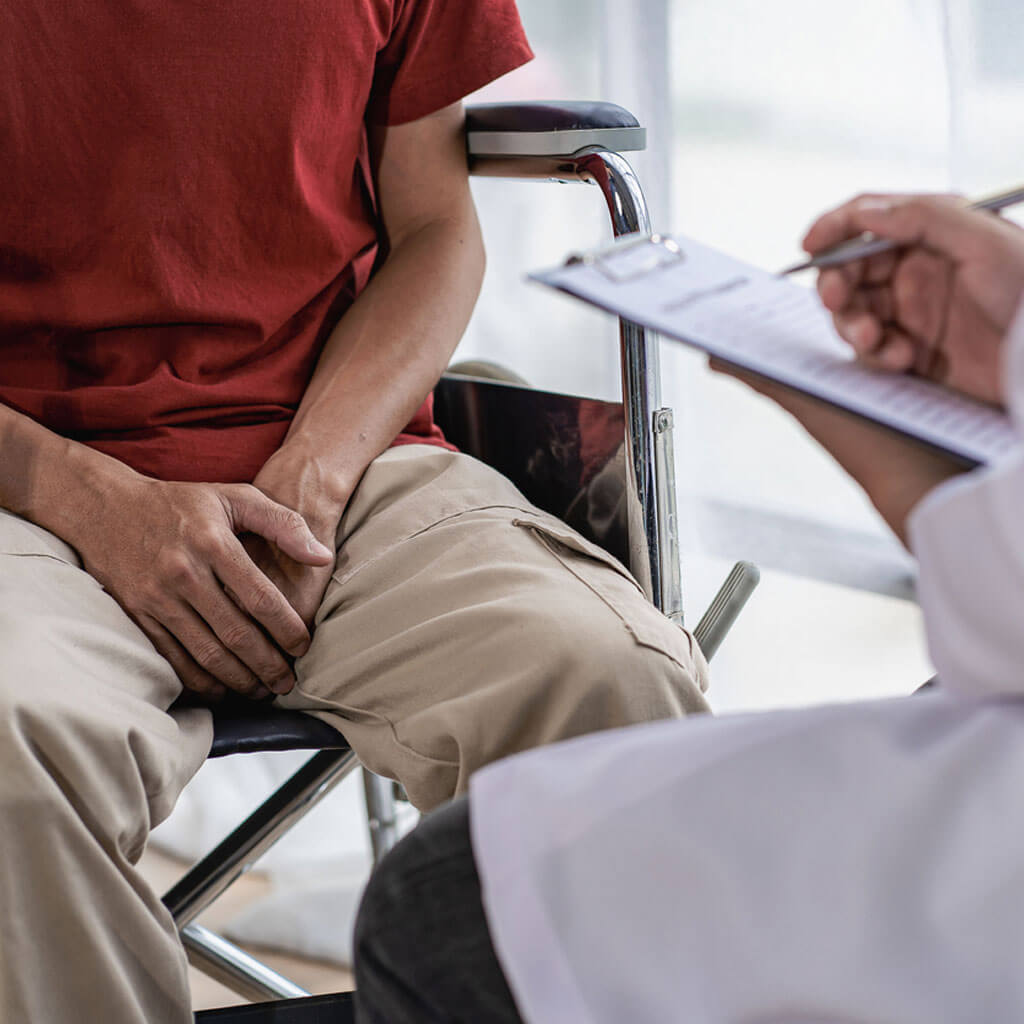

Contact For Appointments
Please contact our joint replacement clinic to further discuss hip replacement surgery in London.